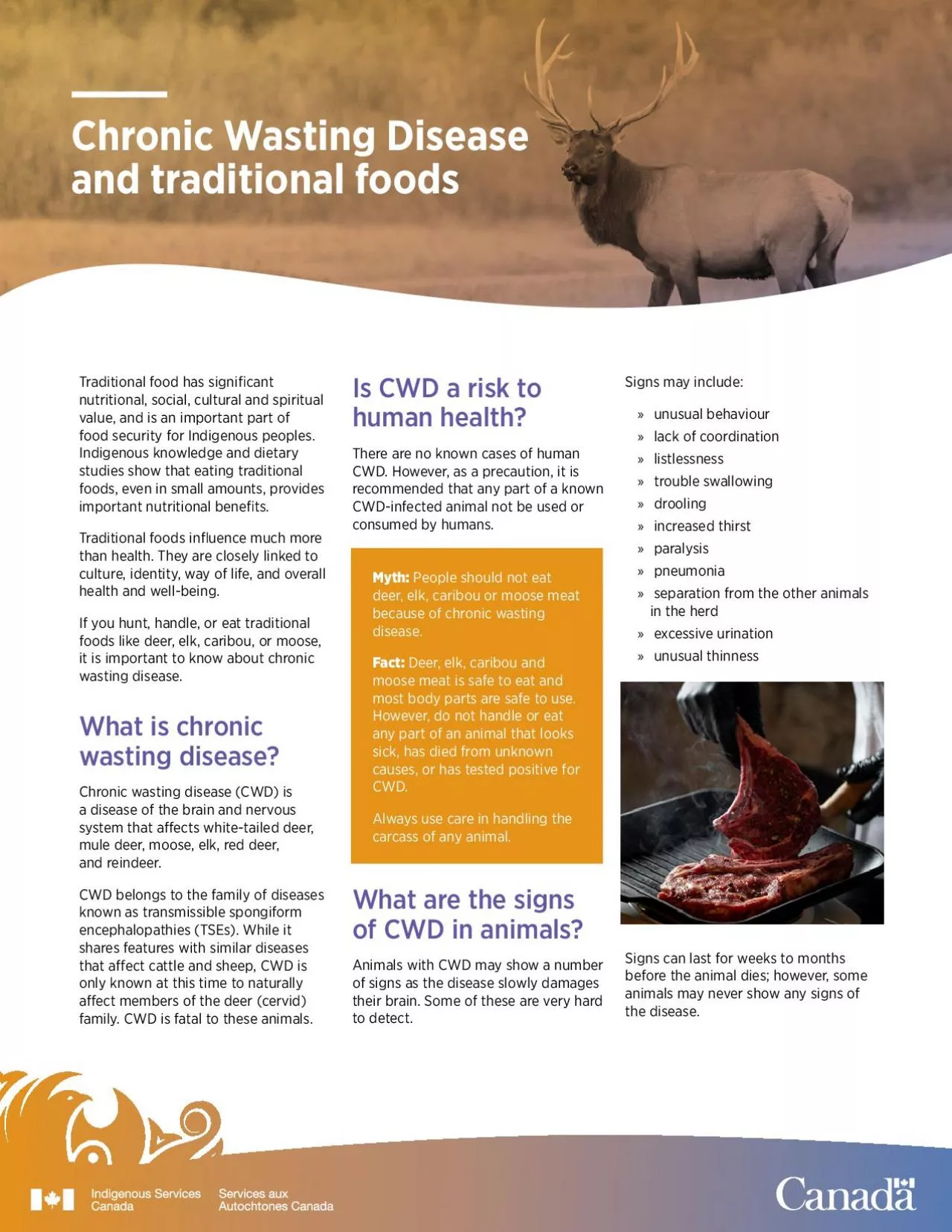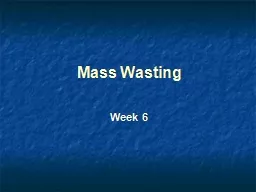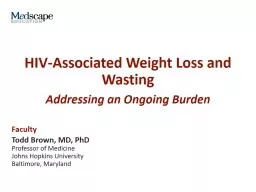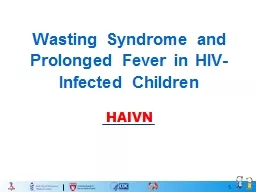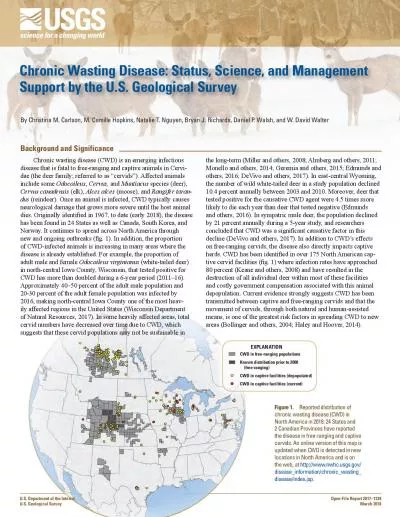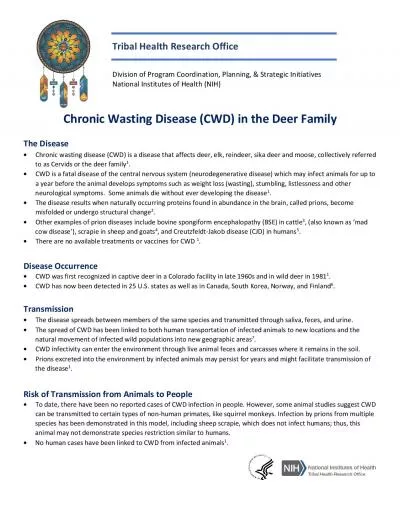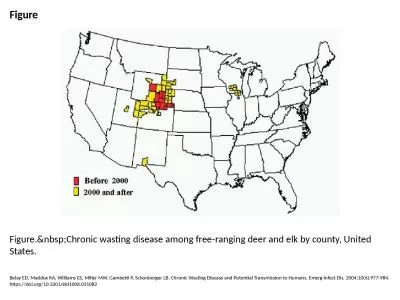PDF-Chronic Wasting Disease and traditional foods
Author : angelina | Published Date : 2022-09-05
Traditional food has signi31cant nutritional social cultural and spiritual value and is an important part of food security for Indigenous peoples Indigenous knowledge
Presentation Embed Code
Download Presentation
Download Presentation The PPT/PDF document "Chronic Wasting Disease and traditional ..." is the property of its rightful owner. Permission is granted to download and print the materials on this website for personal, non-commercial use only, and to display it on your personal computer provided you do not modify the materials and that you retain all copyright notices contained in the materials. By downloading content from our website, you accept the terms of this agreement.
Chronic Wasting Disease and traditional foods: Transcript
Download Rules Of Document
"Chronic Wasting Disease and traditional foods"The content belongs to its owner. You may download and print it for personal use, without modification, and keep all copyright notices. By downloading, you agree to these terms.
Related Documents

